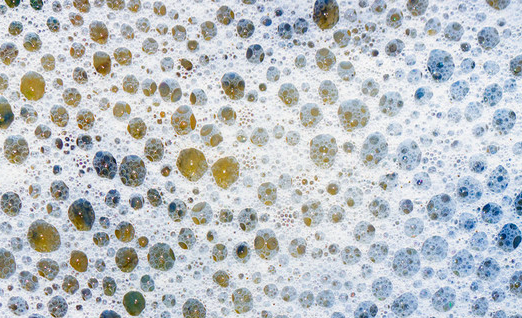With the continuous improvement of environmental awareness, green chemistry has become an important trend in today's industrial development. In the field of water treatment, defoamers, as a key chemical additive, are particularly important for their green development. How can defoamers for future water treatment achieve green development?
The primary task for the development of defoamers for future water treatment is the greening of raw materials. Traditional oil-based defoamers, such as mineral oil, are gradually being replaced by environmentally friendly raw materials due to their non renewability and significant environmental pollution. For example, using renewable resources such as natural vegetable oils and biobased materials as the basic components of defoamers not only reduces environmental pollution but also lowers resource consumption.
In addition to the selection of raw materials, environmental protection in the production process is also the key to achieving green development. Production enterprises should continuously optimize their production processes to reduce energy consumption and pollutant emissions. For example, adopting energy-saving and emission reducing production equipment, implementing strict waste disposal measures, and ensuring that every link in the production process meets environmental standards.
In the future, biodegradable defoamers will be more popular. This type of defoamer can be decomposed by microorganisms in the natural environment after use, without causing long-term adverse effects on the ecological environment such as soil and water. With the advancement of technology, more and more defoamer products are focusing on the research and development of biodegradation performance to meet the requirements of environmental regulations.
Future water treatment defoamers need to have high efficiency and multifunctionality while pursuing greenization. Efficiency means that defoamers can achieve complete defoaming in a shorter period of time, improving water treatment efficiency; Multifunctionality requires defoamers to have other functions such as antibacterial and anti-corrosion to meet the needs of different water treatment scenarios.
In summary, the green development path of defoamers for future water treatment includes the greening of raw materials, environmental protection of production processes, biodegradability, and the improvement of efficiency and multifunctionality. These measures will jointly promote the sustainable development of the water treatment industry and provide strong support for the safety and sustainable utilization of water resources.

 English
English
 Chinese
Chinese Vietnamese
Vietnamese
 HOME
HOME
 PRODUCT
PRODUCT
 NEWS
NEWS
 CONTACT
CONTACT


